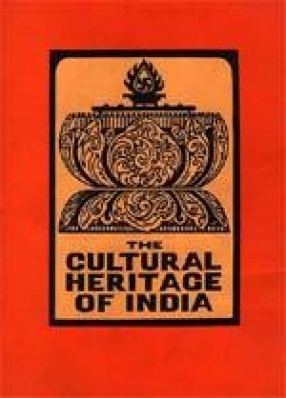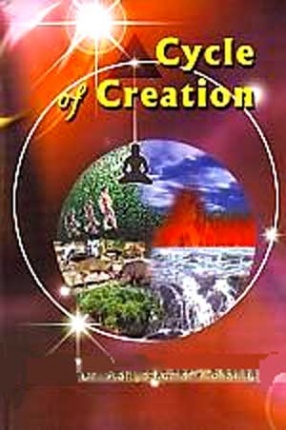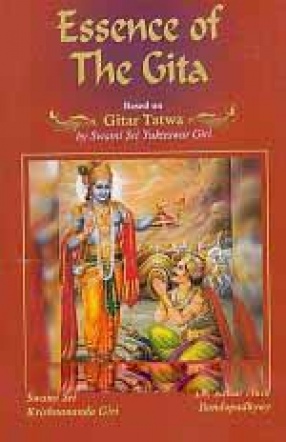The Cultural Heritage of India: Itihasas, Puranas, Dharma and other Sastras (Volume II)
Synopsis
The Cultural Heritage of India, sponsored by the Ramakrishna Mission Institute of Culture, is at once a symbol of the renaissance of Hindu thought and ideals and a treasure-house of ancient lore. The whole range of Indian civilization and the variegated products of Hindu culture have been reviewed in its several volumes dealing with the religions, philosophies, literature, and the arts and sciences of India from the twilight past to the present day. The admitted achievements of India in the directions of assimilation, adaptation, and synthesis of diverse, and even conflicting, points of view, will be illustrated by the movements recorded in these volumes. The religious, artistic, and philosophical developments in India demonstrate India's consistent striving towards samavaya, that is reconciliation and concord. Cultural patterns have, of course, been modified from time to time, but different environments, diversified racial contributions, and innumerable local and historical traditions have not basically affected the continuity of Indian culture during six thousand years or more. Volume II of this literary lour-de-force comprises studies in the Itihasas, Puranas, Dharma and other Sastras. This volume will be specially significant in the light of present-day Indian conditions and would be invaluable for a proper solution of the problem of national integration, which is now exercising the minds of Indian leaders. The conviction of the immanence of the Supreme Being in every all mate entity, leading to a realization of the dignity of each individual is the message taught by this volume and should be of crucial importance for creating those bonds of love and service, which are indispensable for today and tomorrow. From another point of view, the contributions contained in this volume would be of import, as they would put in proper perspective the values emphasized in modern civilization. India, while not disparaging economic advancement or social utility, has always stressed the importance of human personality against all challenges to it. Neither stark individualism nor collectivization can solve the problems confronting humanity today, and this lesson is specially conveyed by the Itihasas and the Puranas. The Amarakosa, describing the main characteristics of the Puranas, specially points out that the commands of the Vedas are like those of a master (Prabhu Samhita) whereas the teachings of the Itihasas and Puranas may be compared with the advice and counsel of friends ( Suhrt Samhita). The Epic Age during which the Ramayana and the Mahabharata received their final shape was a period of racial and ideological conflict; and, historically speaking, this period produced the two great Epics as well as the Manu Dharma-Sastra, the Codes of Yajnavalkya, Narada, and Parasara and the earlier Puranas.
Read more
60.30
54.27
$
67.00 $
Free delivery Wolrdwidе in 10-18 days
Ships in 2-4 days from New Delhi
Membership for 1 Year $35.00
Get it now and save 10%
Get it now and save 10%
BECOME A MEMBER







Bibliographic information